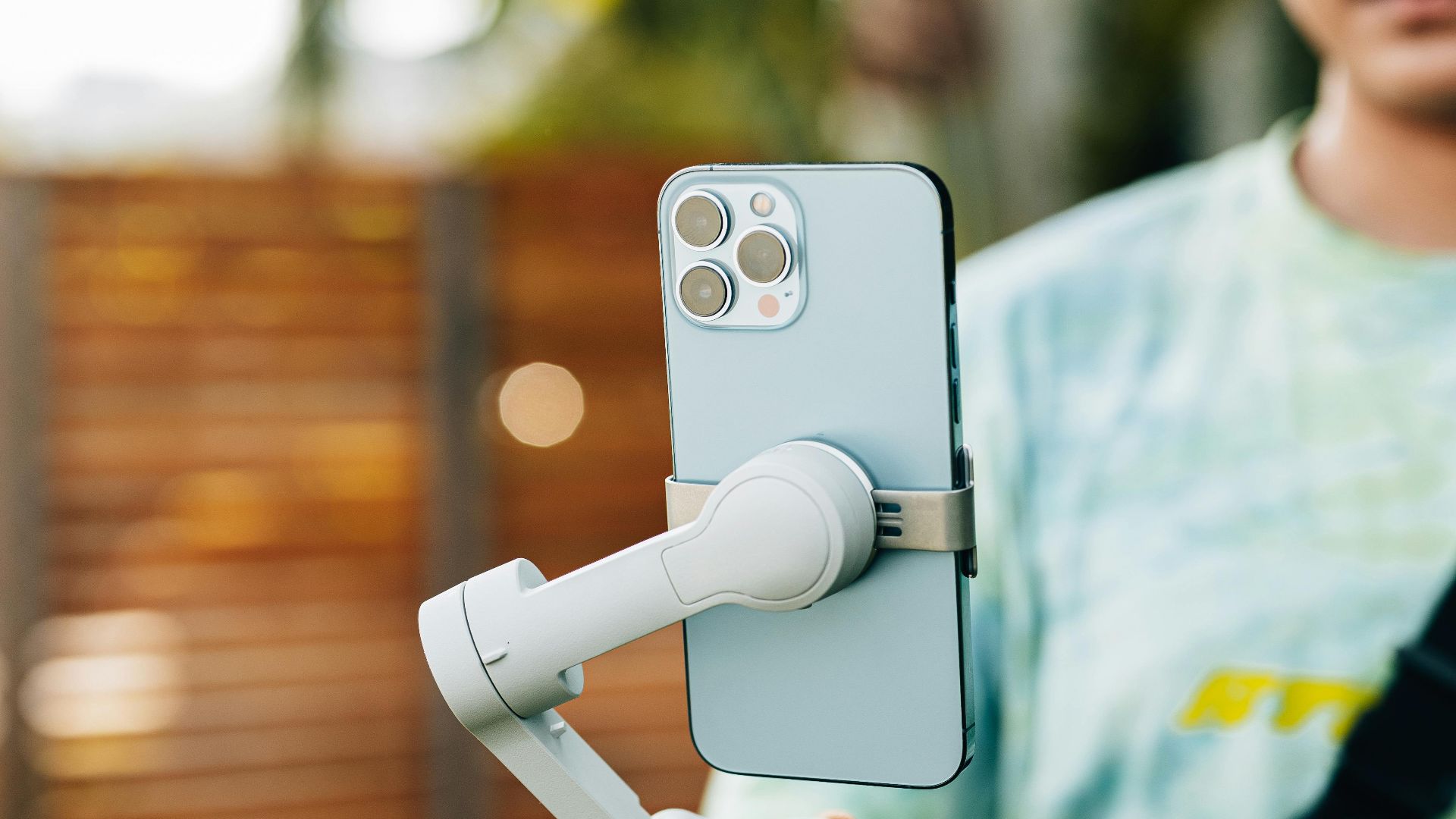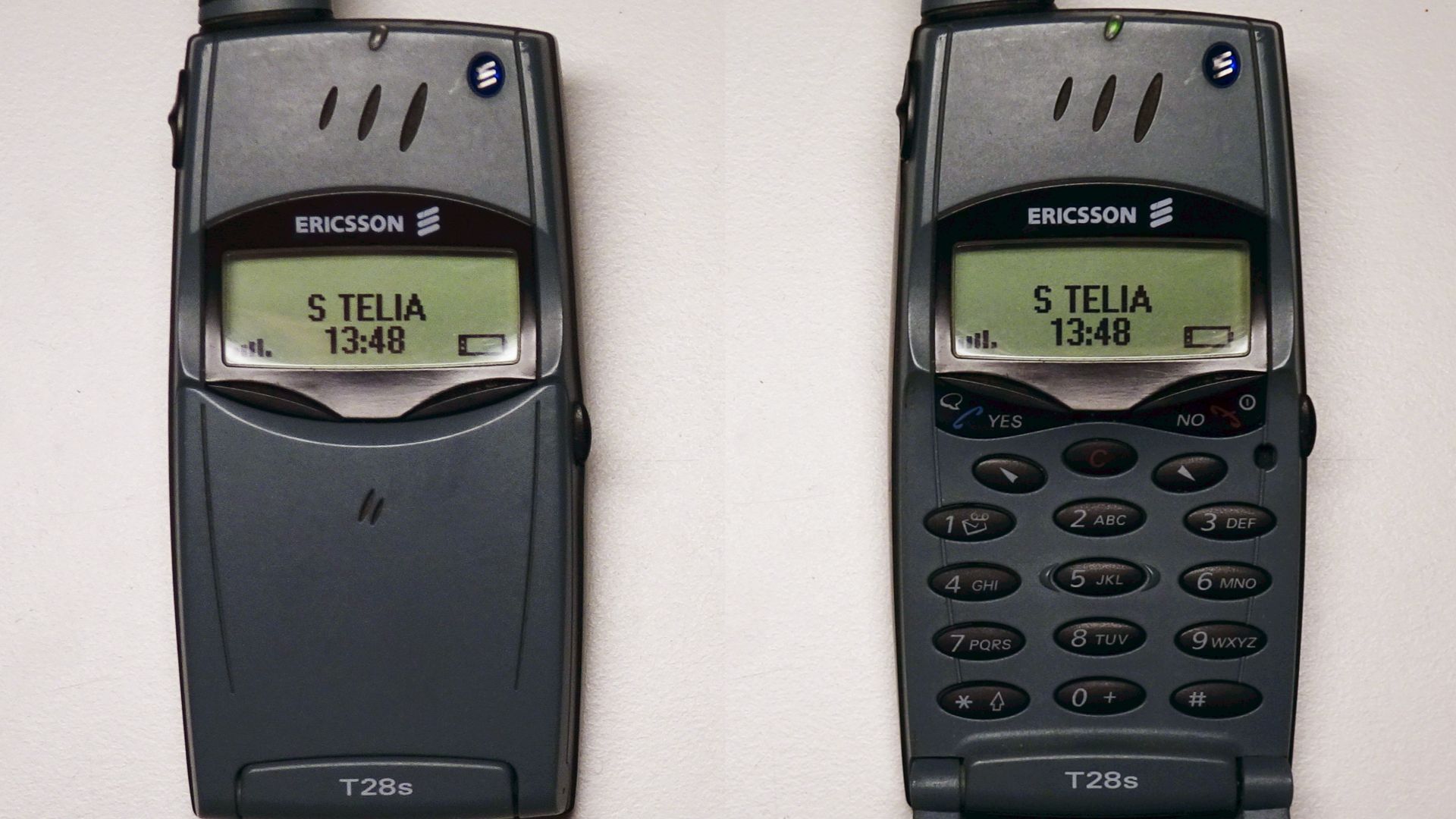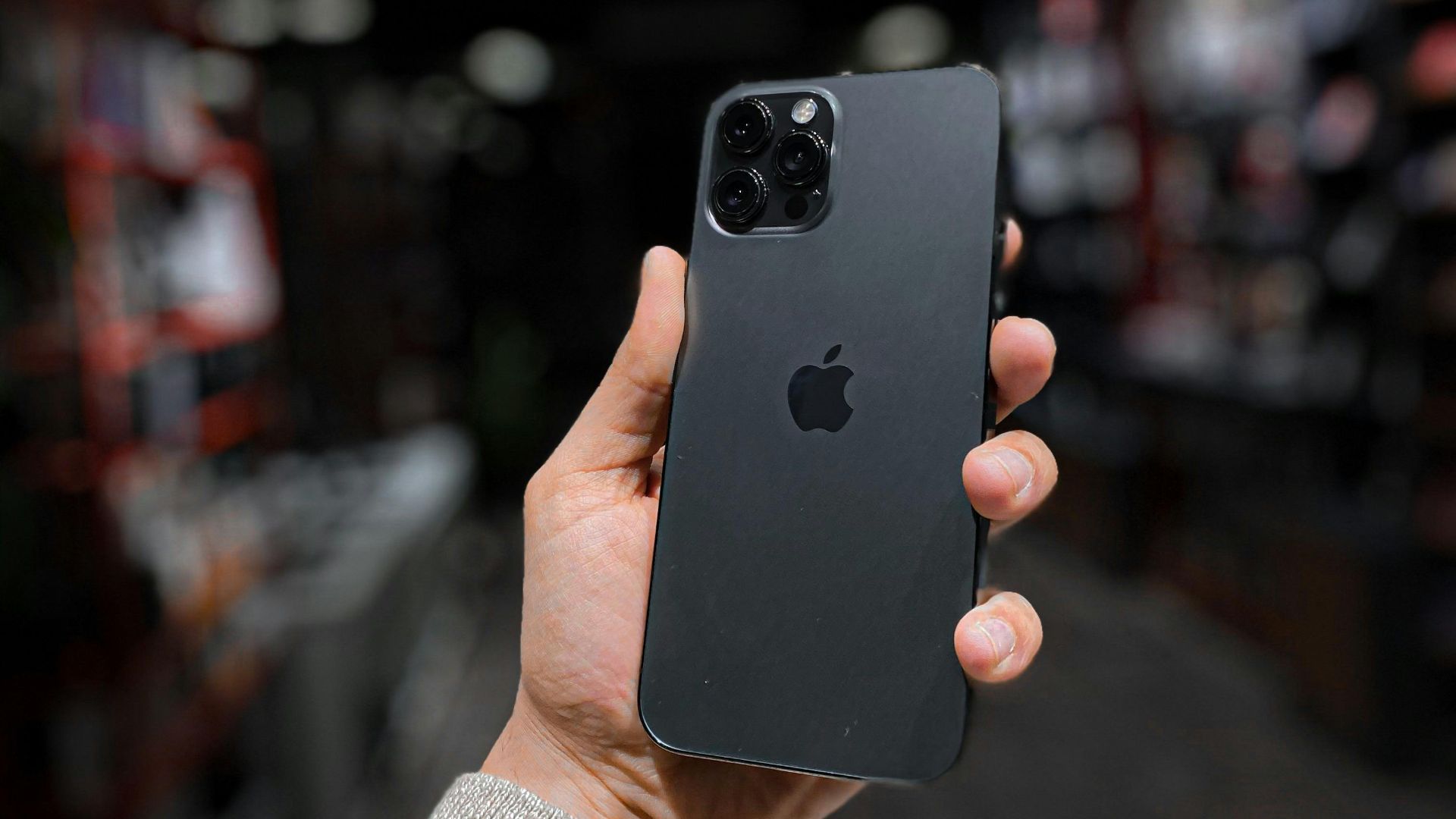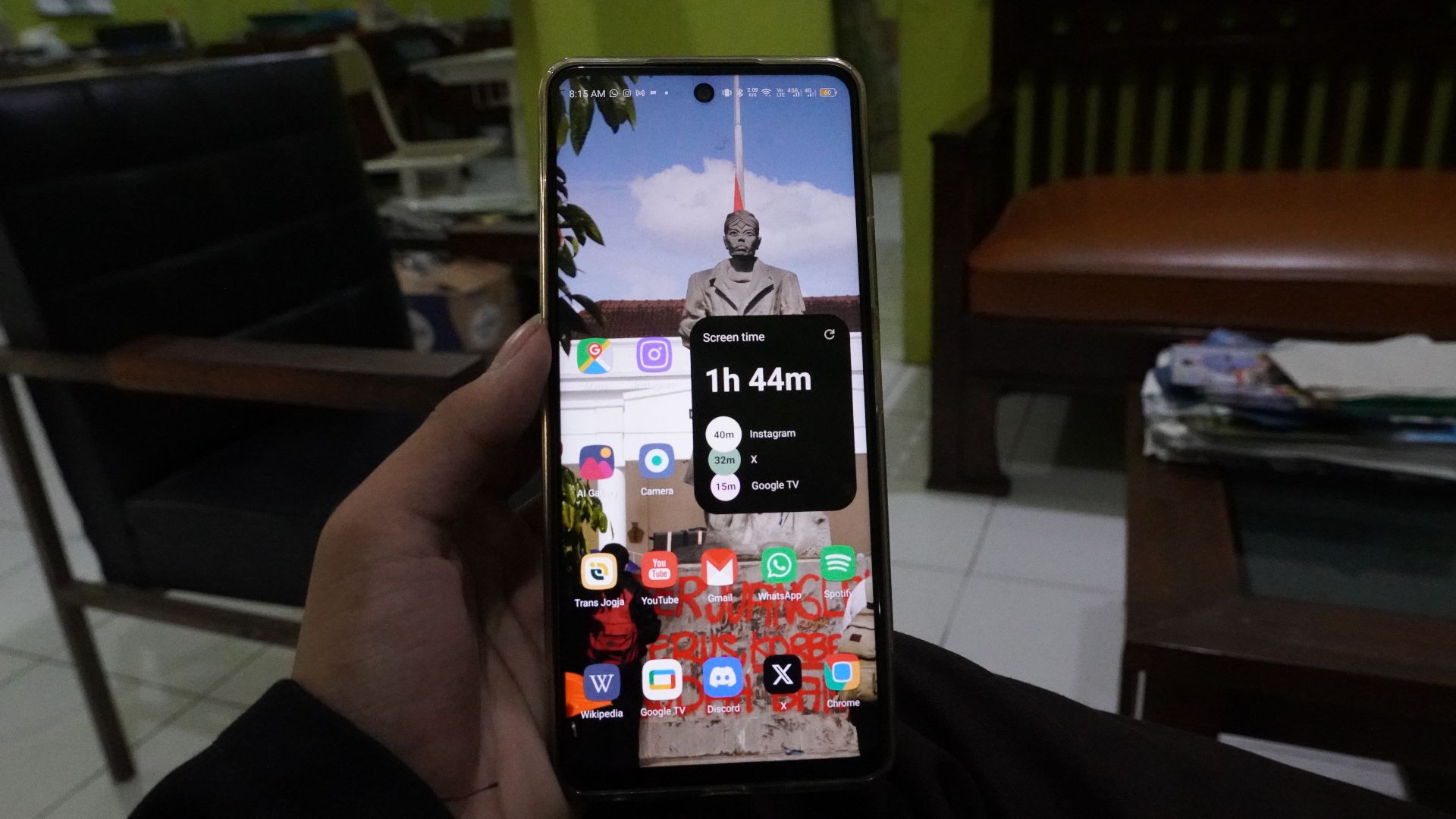The Rise and Fall of Cell Phone Makers
There was a time when you didn’t ask about the special features of a cell phone—you just checked if it flipped, sparkled, or played a MIDI version of your favorite ringtone. But the industry soon turned into a survival game, where some brands fizzled out and others rose fast. Today, we're here to remember the old brands and acknowledge the all-time winners.
1. Siemens Mobile
In the early 2000s, Siemens Mobile was Europe’s second-largest phone maker. However, its designs, like the Xelibri series, failed commercially. Soon, mounting losses led Siemens to sell its mobile division to BenQ in 2005. The brand was discontinued just a year later after BenQ Mobile went bankrupt.
 Phone Stories: Siemens Xelibri 2 by VoloKin Project
Phone Stories: Siemens Xelibri 2 by VoloKin Project
2. Palm
Palm pioneered mobile computing with the PalmPilot and later the Treo smartphone series. Even though its webOS platform received critical praise, it failed in the market. Acquired by HP and subsequently sold, Palm faded quickly. In 2018, a new Palm-branded mini phone was launched, which never gained traction.
3. Sagem
France-based Sagem offered affordable mobile phones in the late '90s and early 2000s. Though popular across Europe, the brand struggled to innovate, exiting the consumer market in 2008. Its mobile assets were folded into MobiWire, which now focuses on ODM services, not branding.
 My Sagem phones collection. (2/12/2016) by Alessandro Latorre
My Sagem phones collection. (2/12/2016) by Alessandro Latorre
4. Kyocera
Kyocera once offered reliable phones, particularly in North America and Japan.
The brand absorbed Qualcomm's handset business in 2000 but couldn’t keep pace with smartphone advancements. Though still producing niche devices, it exited several key consumer markets. Its Duraforce line remains one of its few visible holdouts.
 Video Tour: Kyocera DuraForce Pro by Phone Scoop
Video Tour: Kyocera DuraForce Pro by Phone Scoop
5. NEC Mobile
Japanese electronics giant NEC dominated the country’s flip phone scene in the early 2000s. This company briefly ventured abroad, releasing devices like the NEC e616, but high costs and intense competition curtailed expansion. NEC withdrew from the smartphone business in 2013, citing sustained losses.
 NEC E616 Mobile phone menu browse, ringtones, games, wallpapers by Vintage phones archive
NEC E616 Mobile phone menu browse, ringtones, games, wallpapers by Vintage phones archive
6. Panasonic Mobile
Panasonic held a strong domestic presence in Japan’s mobile market with sleek flip phones and early camera models. Despite global ambitions, it failed to compete against Samsung and Apple. The brand exited the smartphone business in 2013, with several failed attempts at a comeback.
 Panasonic Eluga Ray X unboxing and review by Inspire2Rise
Panasonic Eluga Ray X unboxing and review by Inspire2Rise
7. Ericsson
Before merging with Sony, Ericsson was a pioneer in GSM technology. Models like the T28 gained worldwide popularity in the late '90s, but mounting financial losses led to the 2001 Sony-Ericsson joint venture. Ericsson exited the consumer phone space in 2012, focusing solely on telecom infrastructure.
8. Alcatel (Pre-TCL)
French brand Alcatel made budget-friendly phones during the early 2000s. After the mobile division was sold to China’s TCL in 2004, the Alcatel name persisted but lost its original identity. By the 2020s, TCL shifted focus to promoting its brand over the Alcatel label.
9. i-mate
Known for its Windows Mobile-powered smartphones, i-mate was an early competitor to BlackBerry. Its devices were manufactured by HTC until the partnership ended, and without a hardware source, i-mate quickly declined. The company attempted a revival in 2013 with a Windows 8 device, which never launched.
 i-Mate jam retro review (produced by Htc) by Adrián Alcón Żurawka (Yadratorex)
i-Mate jam retro review (produced by Htc) by Adrián Alcón Żurawka (Yadratorex)
10. Vertu
Founded by Nokia in 1998, Vertu specialized in ultra-luxury phones with leather, gold, and sapphire screens. Even after finding a niche market, declining relevance and outdated software caught up with the brand and Vertu shut down operations in 2017 after accumulating over $60 million in debt.
 Vertu Signature V Luxury Mobile Phone | 18k Gold | VERTU 2 February 2025 by Tik Tik
Vertu Signature V Luxury Mobile Phone | 18k Gold | VERTU 2 February 2025 by Tik Tik
Companies need more than innovation to survive, which is something these next 10 brands understood. Let's take a look at which ones dominate global markets.
1. Apple
Apple revolutionized mobile tech with the iPhone in 2007, setting new standards for UX and app ecosystems. Its iOS platform and tightly integrated hardware give it unmatched control. In 2024, Apple held over 20% of global smartphone shipments, with the iPhone 15 Pro Max leading premium segment sales.
2. Samsung
As of Q1 2025, Samsung’s global market share was 20%. The Galaxy S24 Ultra remains a top Android performer. This brand remains the largest smartphone manufacturer worldwide, offering budget Galaxy A models and foldable flagships. Its vertical integration, including in-house chip production, bolsters market dominance.
 This photo was taken with Sigma 24-70mm F2.8 DG DN Art on Wikimedia
This photo was taken with Sigma 24-70mm F2.8 DG DN Art on Wikimedia
3. Xiaomi
Founded in 2010, Xiaomi rapidly grew by offering high-spec phones at competitive prices.
The MIUI software and expansive product line cemented its global presence, and by 2024, it ranked third in smartphone shipments worldwide. The Redmi Note series, in particular, is going strong in price-sensitive markets like India.
 Xiaomi Redmi Note 13 Pro 5G review by GSMArena Official
Xiaomi Redmi Note 13 Pro 5G review by GSMArena Official
4. Oppo
Oppo, under BBK Electronics, combines stylish design with advanced camera features. In 2024, Oppo was among China’s top three brands, and the Find N3 Flip was one of the few vertically folding phones with flagship-level hardware. The brand is also known for rapid innovation, like rotating cameras.
 The OPPO Find N3 Flip is my favorite flip phone, here’s why by Jam Ancheta
The OPPO Find N3 Flip is my favorite flip phone, here’s why by Jam Ancheta
5. Vivo
A sister brand to Oppo, this company pushes camera and audio innovation, especially in emerging markets. In 2025 alone, Vivo captured over 15% of the Chinese market in Q1. It's no surprise when you consider the X series showcases bleeding-edge imaging technology (and the X100 Pro's 1-inch sensor compact cameras).
 Quick Look: Vivo x100 Pro (Global) by 2NA Tech
Quick Look: Vivo x100 Pro (Global) by 2NA Tech
6. Huawei
Huawei once reached number two in global markets, and even after facing a steep decline after U.S. sanctions cut access to advanced chips, Huawei remains dominant in China. The 2023 Mate 60 Pro launched with a domestically produced 7nm chip—an unexpected breakthrough in China’s semiconductor push.
 Huawei Mate 60 Pro Hands-On: The Phone That Escalates US/China Tension by ben's gadget reviews
Huawei Mate 60 Pro Hands-On: The Phone That Escalates US/China Tension by ben's gadget reviews
7. OnePlus
OnePlus was initially a niche favorite among tech enthusiasts, gaining traction through flagship specs at mid-range prices. It later merged R&D with Oppo but kept its brand identity.
The OnePlus 12, released in 2024, features a Snapdragon 8 Gen 3 and Hasselblad optics, proving popular in Europe.
 OnePlus 12 Review: Better Than You Think! by Marques Brownlee
OnePlus 12 Review: Better Than You Think! by Marques Brownlee
8. Motorola (Lenovo)
Under Lenovo’s ownership, Motorola rebounded from near-oblivion by leaning into clean Android products. In Latin America, the company ranked among the top five brands by 2024. In particular, its Razr foldable series attracted premium and budget users, while the Moto G Stylus 5G earned strong U.S. sales.
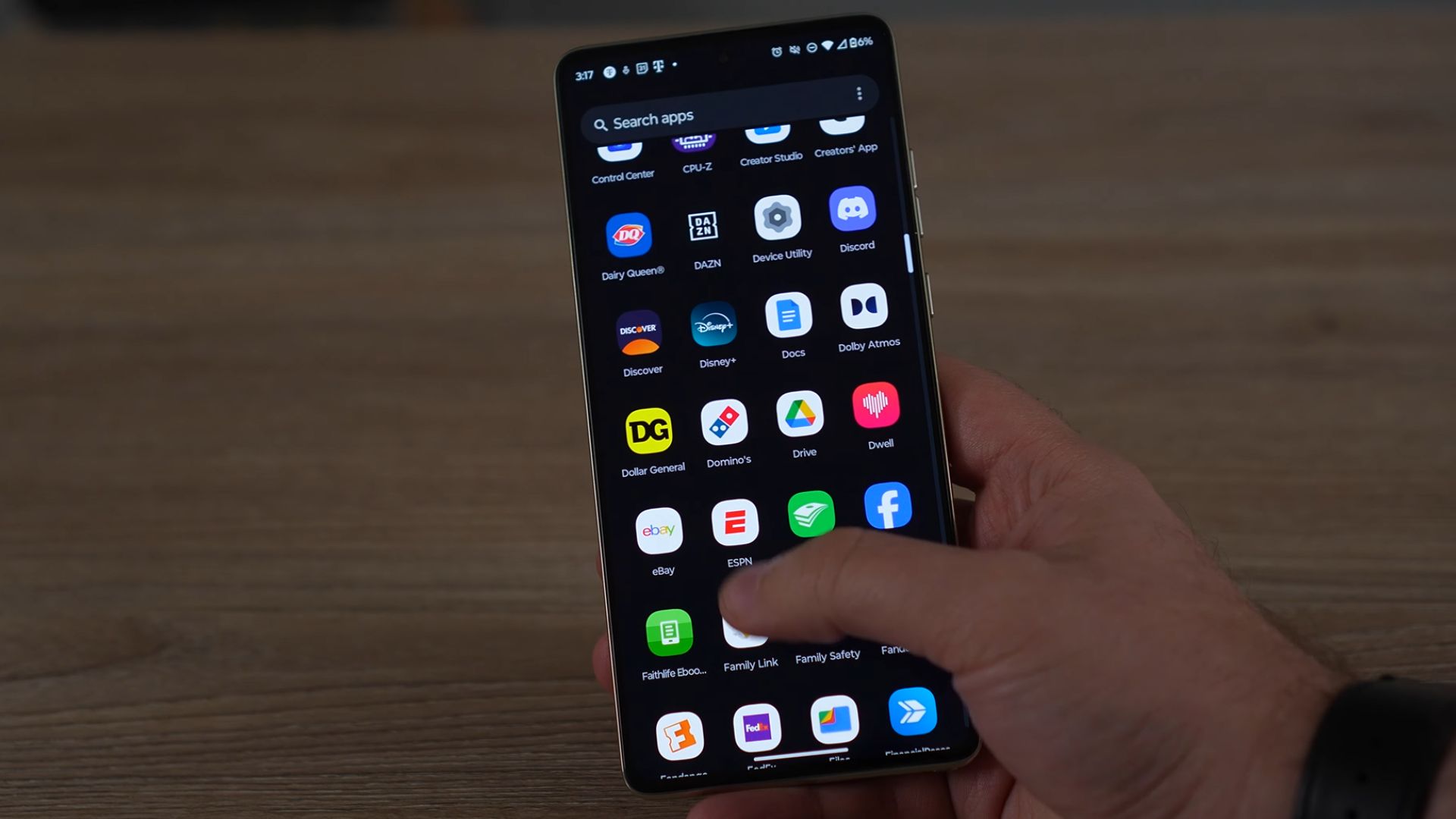 Moto G Stylus 5G 2024 Review: 6 Months Later by Android Digest
Moto G Stylus 5G 2024 Review: 6 Months Later by Android Digest
9. Google (Pixel)
Google’s Pixel phones emphasize clean software, fast updates, and AI-driven features—tensor chip integration and exclusive tools like Magic Eraser further enhance the appeal. The Pixel 8 Pro set a new Android benchmark by offering seven years of operating system upgrades, longer than any major competitor.
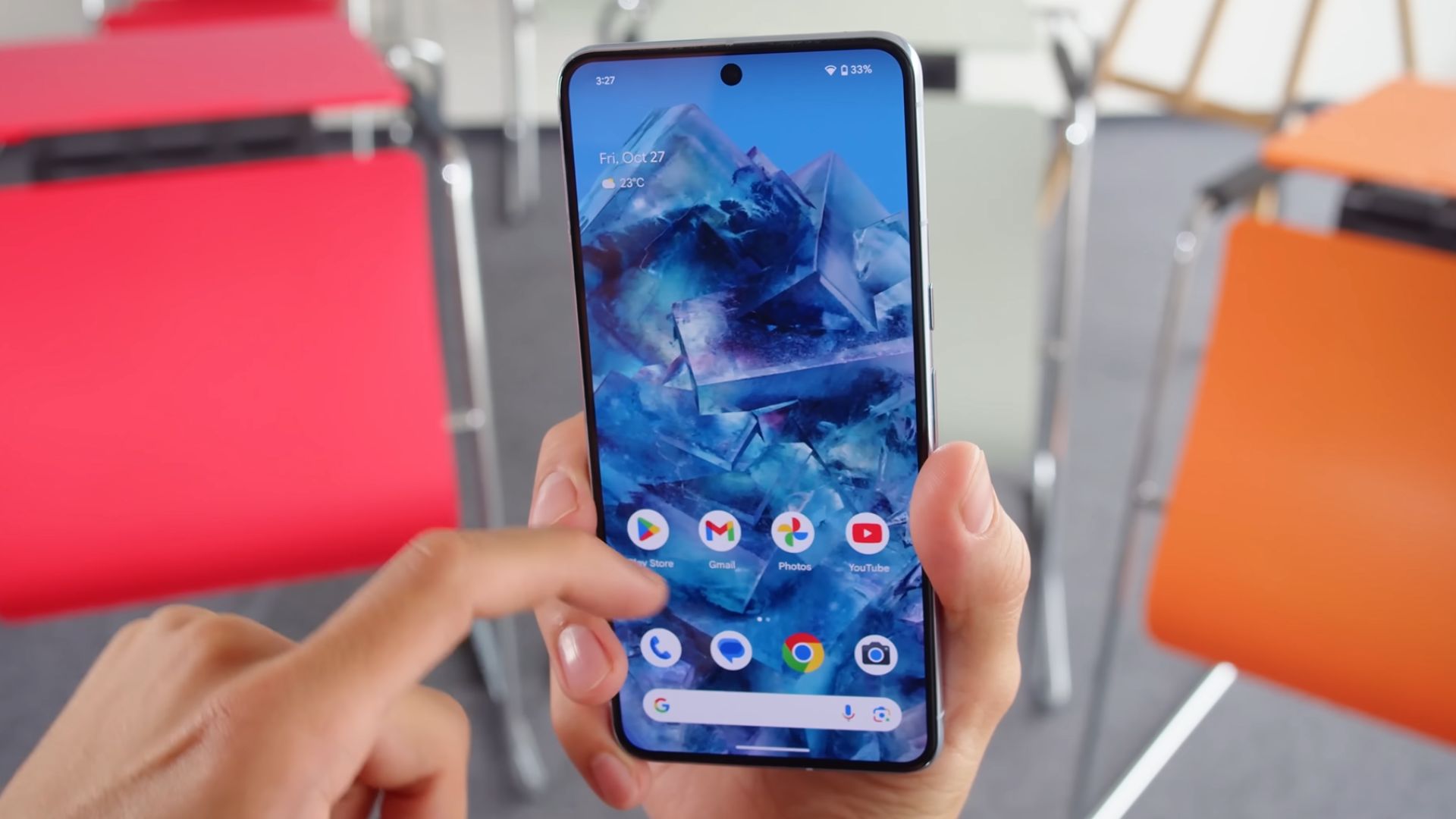 Google Pixel 8 Pro review by GSMArena Official
Google Pixel 8 Pro review by GSMArena Official
10. Transsion (Tecno, Infinix, itel)
Transsion Holdings leads in African and South Asian markets through brands like Tecno. It focuses on battery life, camera performance in low light, and localized features. Tecno’s Phantom V Fold introduced foldable tech to emerging markets at a price far below Samsung’s.


